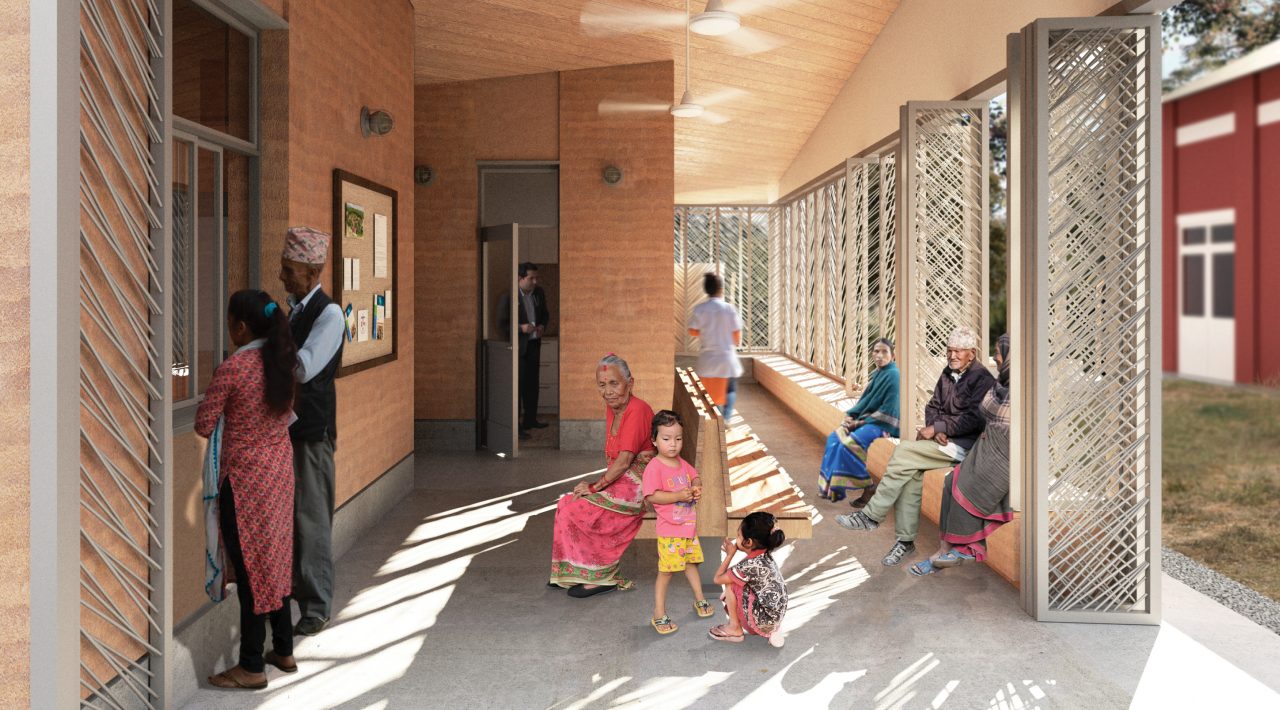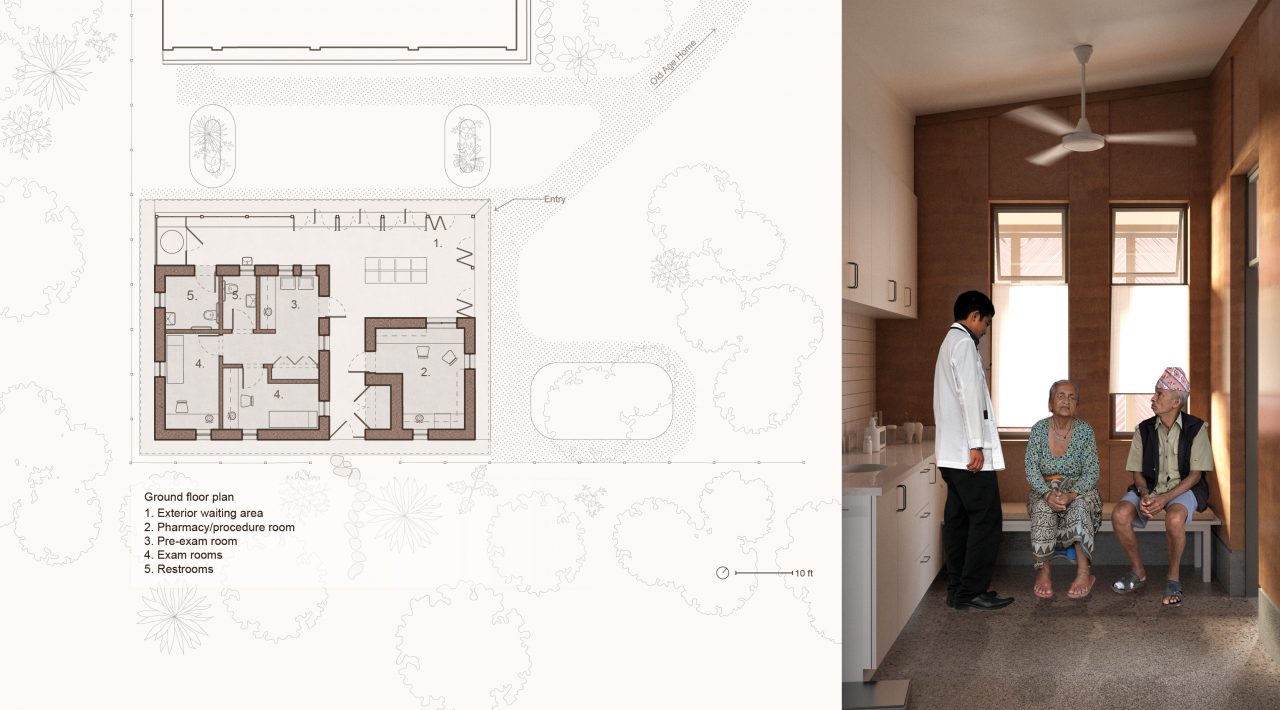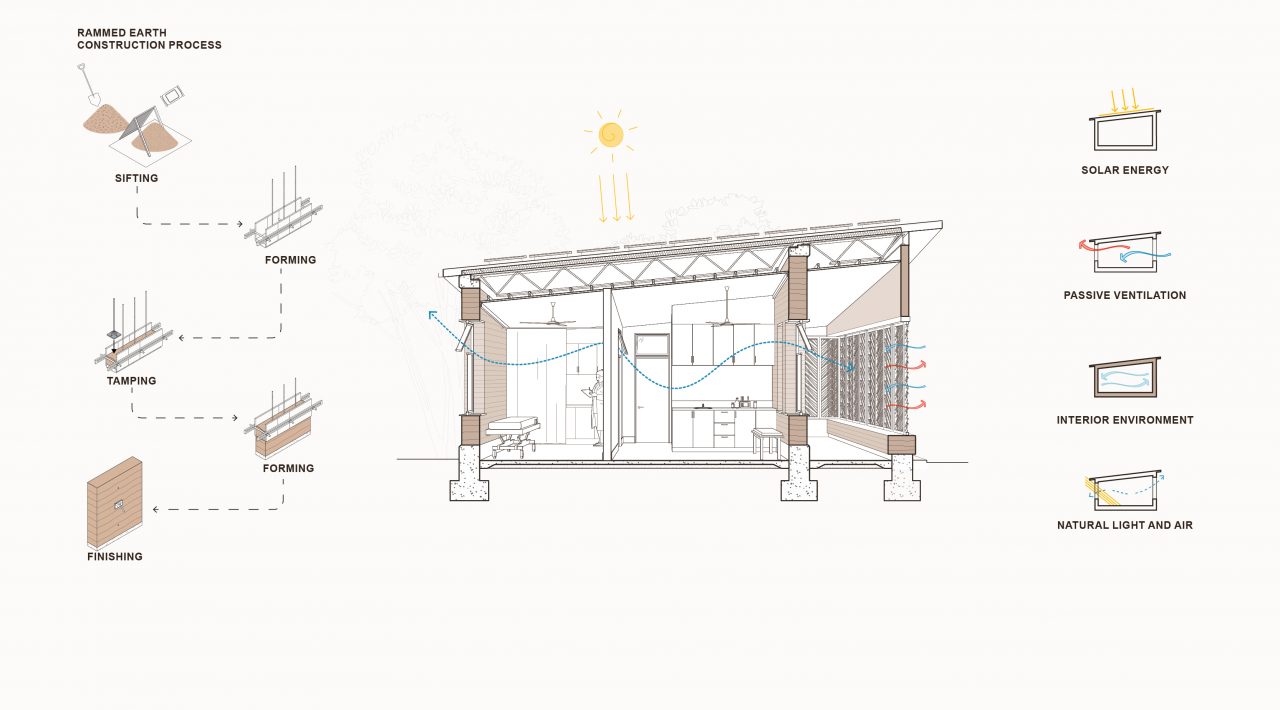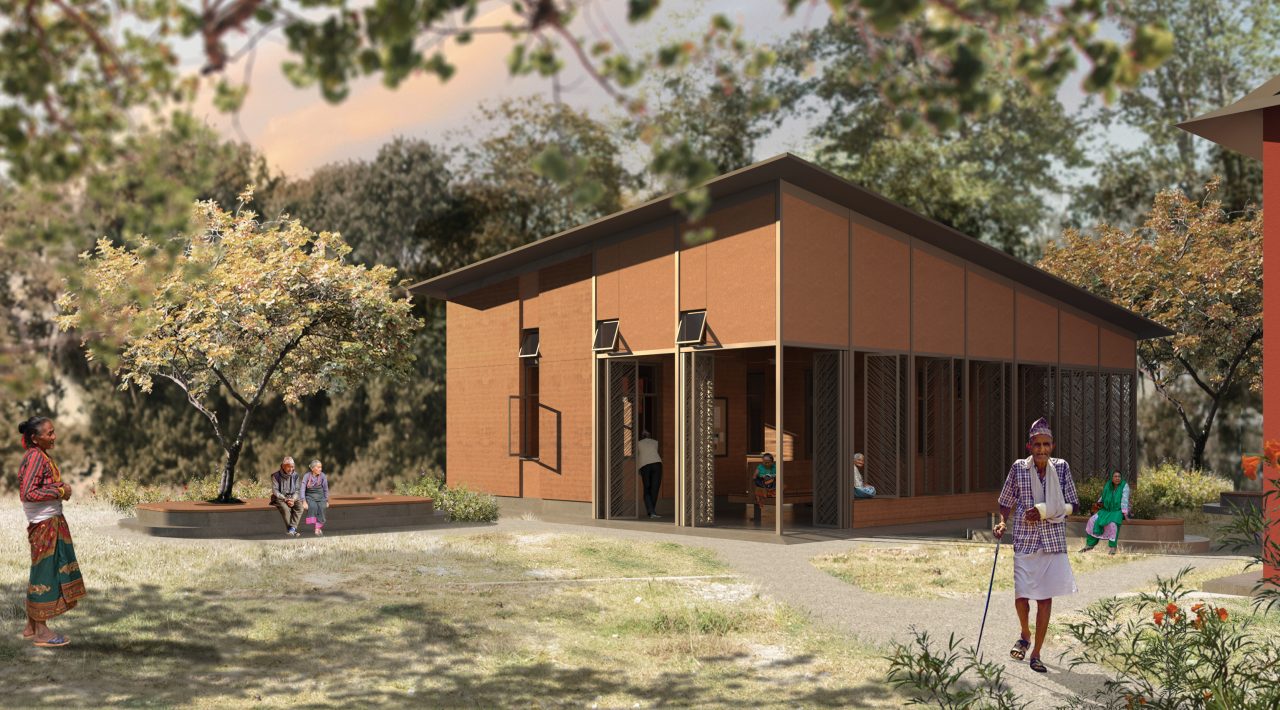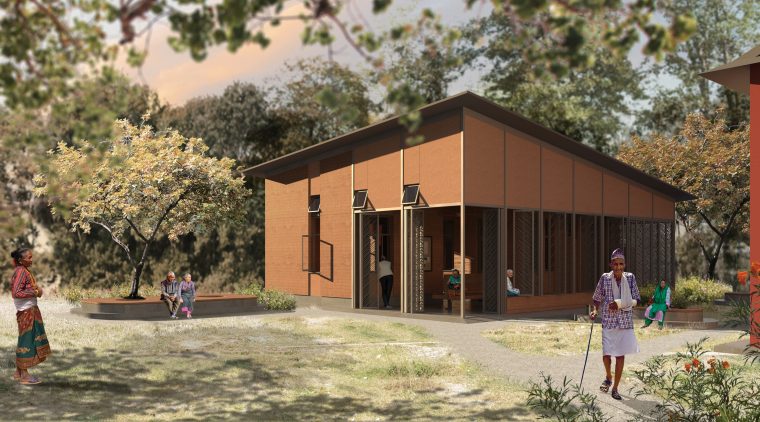This project is ongoing. Please check back for updates.
The town of Devghat, at the confluence of the Seti Gandaki and Krishna Gandaki rivers, is one of the holiest Hindu centers in Nepal and the site of a large mela during the annual Makar Sankranti festival. Located in south-central Nepal just north of Bharatpur, the country’s second largest city a four-hour drive from Kathmandu, Devghat lies in the lowland Terai region at the outer foothills of the Himalayas – a beautiful landscape of lush wetlands, fertile plains, and dense sal forests. Endemic poverty in the region, however, complicates healthcare access. For example, in rural Nepal, the average doctor-to-patient ratio is 150 times worse than recommended by the World Health Organization. Devghat’s population is largely elderly, yet no institutions in the area provide geriatric care.
In 2018, the non-profit Association of Nepali Physicians in America (ANPA) began offering free healthcare on Saturdays out of ANPA member Dr. Krishna Khanal’s front yard. The Devghat Center for the Healing Arts, a new 1,200 square foot facility, will establish ANPA’s healthcare services as a permanent clinic where the vulnerable elderly community can finally receive a range of care all under one roof – from mental health, dental hygiene, and podiatry treatments to vision, hearing, and cardiology assessments. ANPA believes in family involvement at all stages of care, with a comprehensive focus that combines a gerontological developmental approach with a hospital diagnostic method.
The facility includes pre-exam and exam rooms and a pharmacy/procedure room, as well as a patient waiting area and bathroom. Future buildings will expand the clinic’s capacity and medical services. The Center will be built of reinforced rammed earth, locally available material, and a low-tech construction method that will minimize the cost-prohibitive transportation of building materials and the clinic’s carbon footprint. Soil from the site will be mixed with a small amount of cement to stabilize the earth for better durability and seismic resistance. The building’s rooftop – sloped toward the south at an angle optimized for solar orientation – will support a grid-connected, photovoltaic array to offset the clinic’s electricity usage and will harvest rainwater. Natural ventilation and natural light are also essential to the design, reducing carbon emissions by reducing reliance on artificial lighting and mechanical air conditioning. Clerestory windows will bring daylight into the rooms, and a verandah, breezeway, and ceiling fans will increase airflow throughout the spaces to mitigate heat and humidity. An insulated roof along with massive rammed earth walls will keep interiors cool in the muggy summer months. In addition to serving the elderly community in Devghat, the clinic will serve as a model of how local materials and passive design techniques, traditionally used in vernacular structures, can create environmentally friendly, modern Nepalese architecture.
